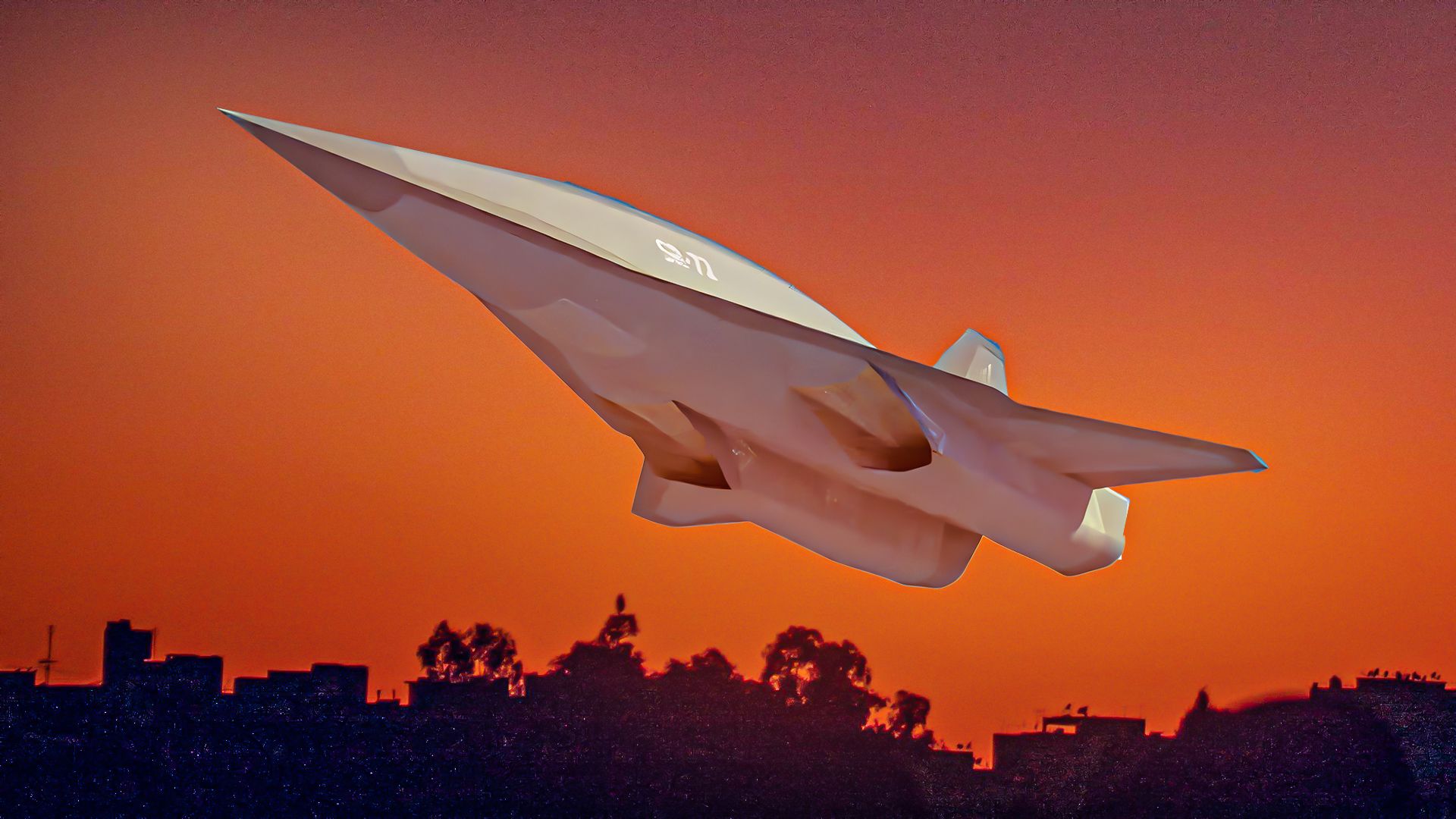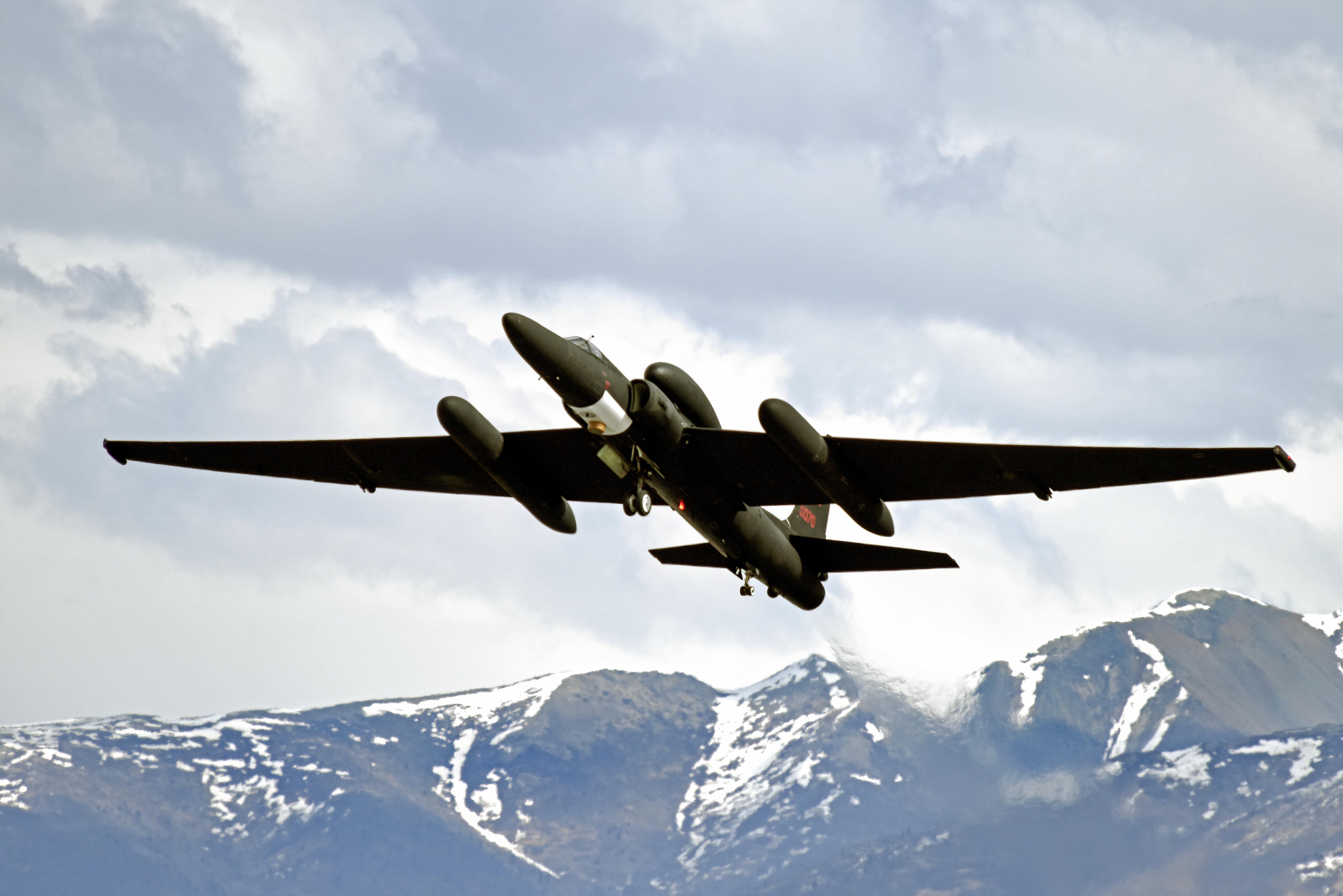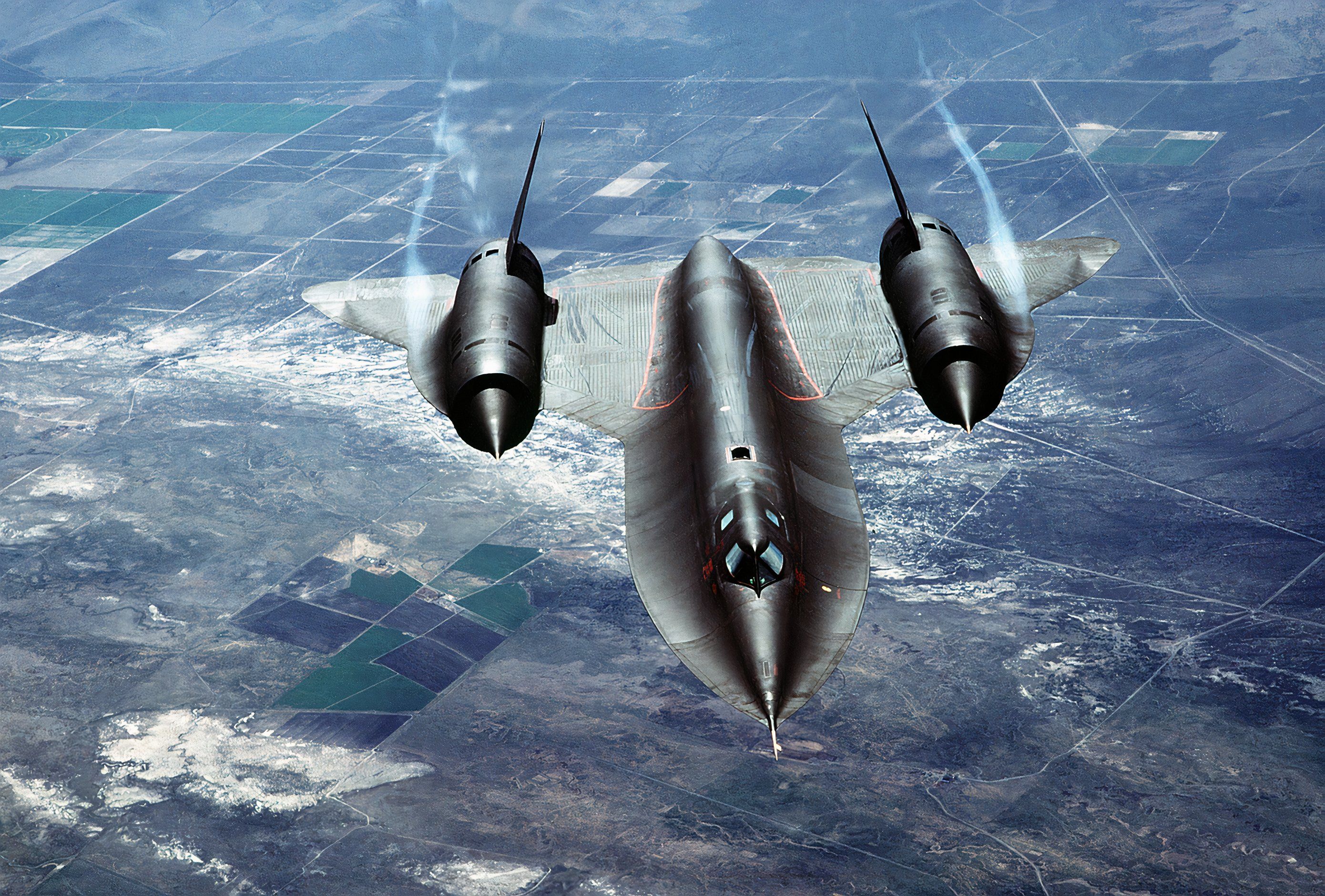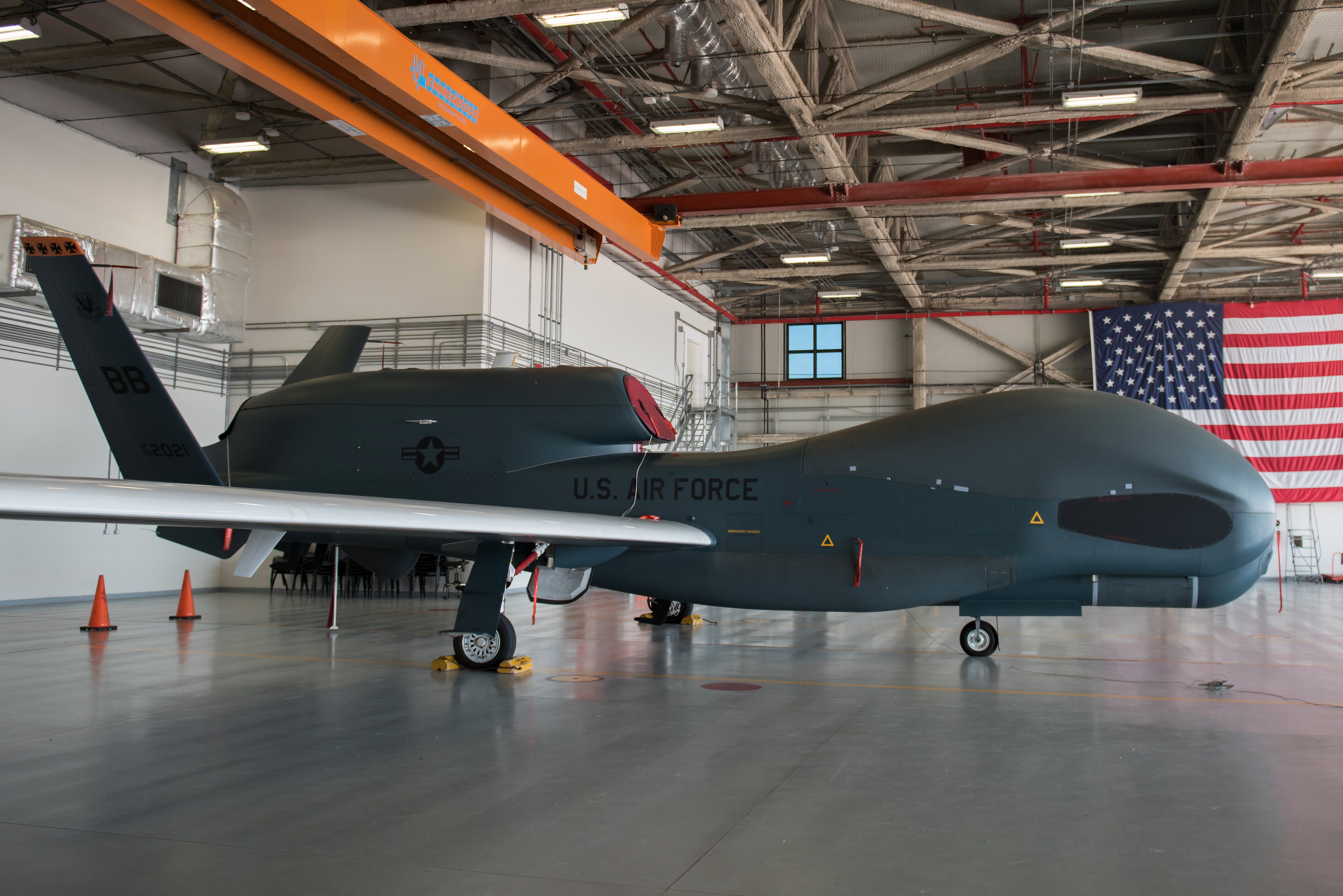Summary
- The SR-72 will be twice as fast as the SR-71 Blackbird and will have a stealth design using composite technology.
- The primary mission of the SR-72 will be to gather intelligence, surveillance, and reconnaissance (ISR) globally within hours.
- The development of the SR-72 is necessary due to the changing global geopolitics with threats from China and Russia.
The simple answer is that in order to understand what missions the Lockheed Martin SR-72 will perform, you need to first look at the Lockheed SR-71 Blackbird and see what role it played in the United States Air Force (USAF). After the end of hostilities in WWII, the United States military asked for an all-weather intelligence-gathering aircraft that it could use to spy on the Soviet Union.
At the time, the Soviet Union’s best interceptor fighter was the Mikoyan-Gurevich MiG-17. The Americans knew that the MiG-17 had a service ceiling of around 54,000 feet and that it would be impossible to intercept if they could build an aircraft that could fly at altitudes of 70,000 feet.
Lockheed built the U-2 spy plane
Using covert funding, engineers at Lockheed’s Skunk Works factory in Burbank, California, secretly began designing the Lockheed U-2 spy plane. What the Americans did not know was that while they were busy working on the U-2, the Soviets were working on building more effective surface-to-air missiles that could shoot down high-flying aircraft.
Photo: USAF
On May 1, 1960, Francis Gary Powers took off from a military airbase in Peshawar, Pakistan, to photograph Soviet military bases deep inside the USSR. As Powers entered the Ural Region, the Soviets launched three S-75 Dvina surface-to-air missiles. One of the missiles locked onto the U-2 and detonated, forcing Powers to eject.
When he landed, he was immediately captured by the Soviets and sent to prison. The Americans lied about the mission and said that Powers was flying in a weather-reporting plane and had mistakenly gone off course. On February 10, 1962, Powers was exchanged for jailed Soviet spy, KGB Colonel Rudolf Abel. The prisoner swap occurred on the Glienicke Bridge, a restricted border crossing between East and West Berlin. The incident later became the storyline for Steven Spielberg’s 2015 movie “Bridge of Spies.”
The Lockheed Martin SR-71
The shooting down of Powers U-2 underscored that aircraft’s vulnerability and hastened the work to develop a spy plane that could fly much higher and faster than the U-2. Designed to be a stealth aircraft that could fly at Mach 3, the titanium-skinned SR-71 was painted in Matt black to help make it invisible in the night sky, earning it the nickname “Blackbird.”
Photo: USAF
If the Soviets had managed to see the SR-71 on their radar by the time a surface-to-air missile was launched, the SR-71 would have already been out of range. The only weapon the Soviets had capable of intercepting an SR-71 was the Mikoyan-Gurevich MiG-25 Foxbat.
The SR-71 made its maiden flight from Plant 42 in Palmdale, California, on December 22, 1964, before entering service with the 4200th (later, 9th) Strategic Reconnaissance Wing at Beale Air Force Base, California, in January 1966. During its secretive 25-plus years of service, the SR-71 set many world records that still stand today. In September 1974, I can remember going to the Farnborough International Airshow to get a glimpse of the Lockheed SR-71 for myself. On its way to the show, the plane set a new world record for flying between New York City and London in 1hr 55 mins and 42 secs. The aircraft was flying so fast that it was over the Netherlands before it was able to turn around and land at Farnborough Airport (FAB).
The USAF was more interested in RPAs
After never having a single SR-71 shot down, the USAF decided to retire the plane for good in 1998. Since its retirement, the USAF has relied upon satellites and remotely piloted aircraft (RPA) like the Northrop Grumman RQ-4 Global Hawk for aerial surveillance. The big question is why the USAF needs a new reconnaissance and surveillance aircraft when it has satellites and uncrewed aerial vehicles (UAV)? The simple answer to the question is global geopolitics.
Photo: USAF
After the fall of the Berlin Wall on November 9, 1989, and the collapse of the Soviet Union two years later, aircraft like the SR-71 were no longer needed. Fast-forward twenty years, and the world has changed. With its economic rise and the modernization of its military, China is now seen as a threat, as is Russia following its invasion of Ukraine. From a national security interest, what is happening in China and Russia is of the utmost importance to the United States.
While satellites and RPAs could provide all the intelligence needed, the problem with them is that they can take as long as 24 hours to implement. Also, China and Russia know that the United States is using satellites to spy on them and have developed weapons to take them out if needed.
For this reason, the United States has begun developing a hypersonic RPA for aerial reconnaissance and surveillance. Called the “SR-72”, Lockheed Martin has been working with Aerojet Rocketdyne to build an uncrewed stealth aerial vehicle that can fly at Mach 6, which is twice as fast as the SR-71.
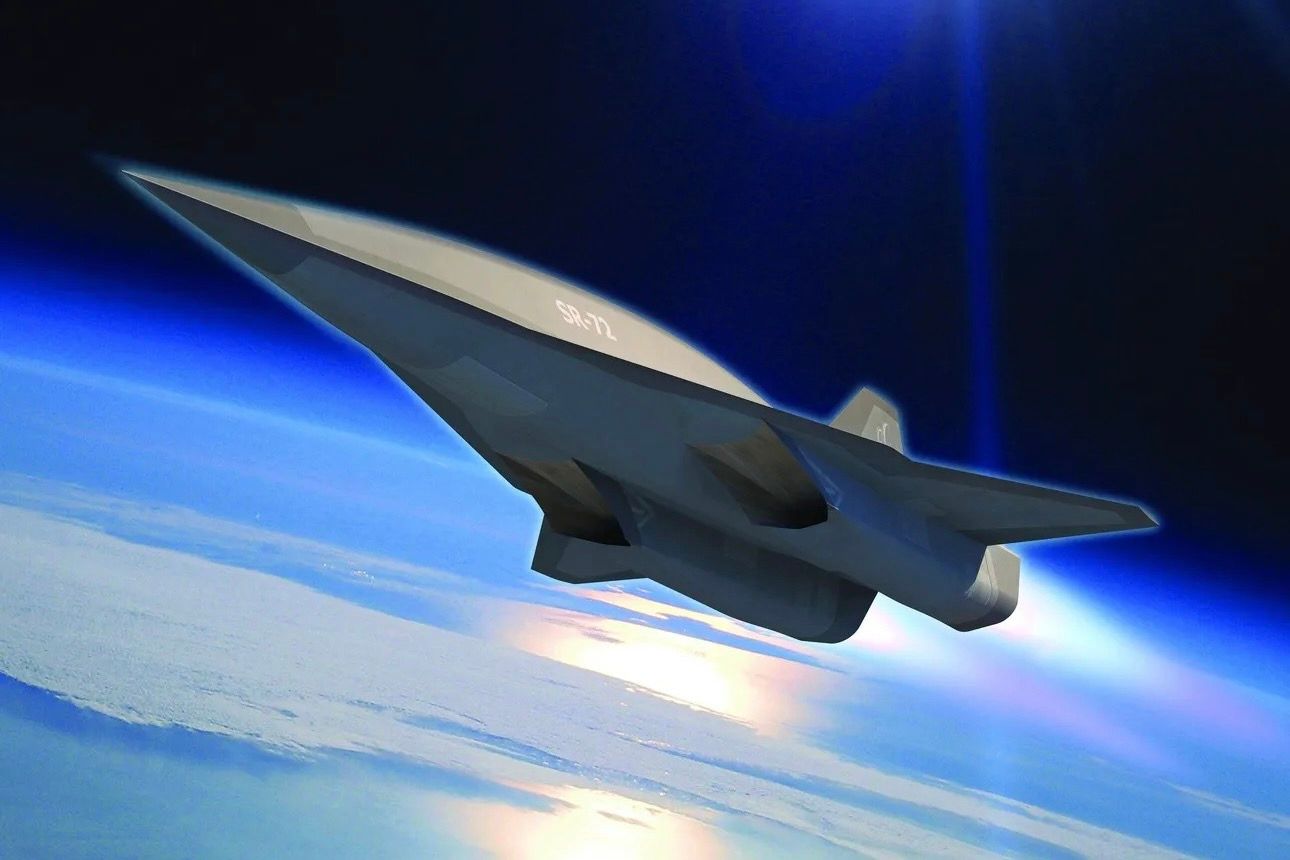
Related
Everything You Need To Know About The Mysterious Lockheed Martin SR-72 ‘Darkstar’
The aircraft will be twice as fast as the SR-71 Blackbird
The problem with very high speeds is that the heat produced is so great that it would melt a conventional airframe. This means the SR-72 must be built using composite technology found in ballistic missiles.
Since its inception, the Son of Blackbird, the Lockheed Martin Skunkworks SR-72 Darkstar, has been cloaked in secrecy, with very little known about its special hypersonic propulsion system. Designed to be the United States hypersonic eye in the sky, the SR-72s primary job will be to gather intelligence, surveillance, and reconnaissance (ISR). Able to reach any part of the globe in a few hours, the SR-72 will be fast enough to evade current anti-aircraft defenses.
There is also talk of building a weaponized variant. Still, the current munitions would not work on a UAV traveling at a hypersonic speed, meaning new weapons would need to be developed. When the SR-72 enters service in the 2030s, it will revolutionize modern-day intelligence gathering.
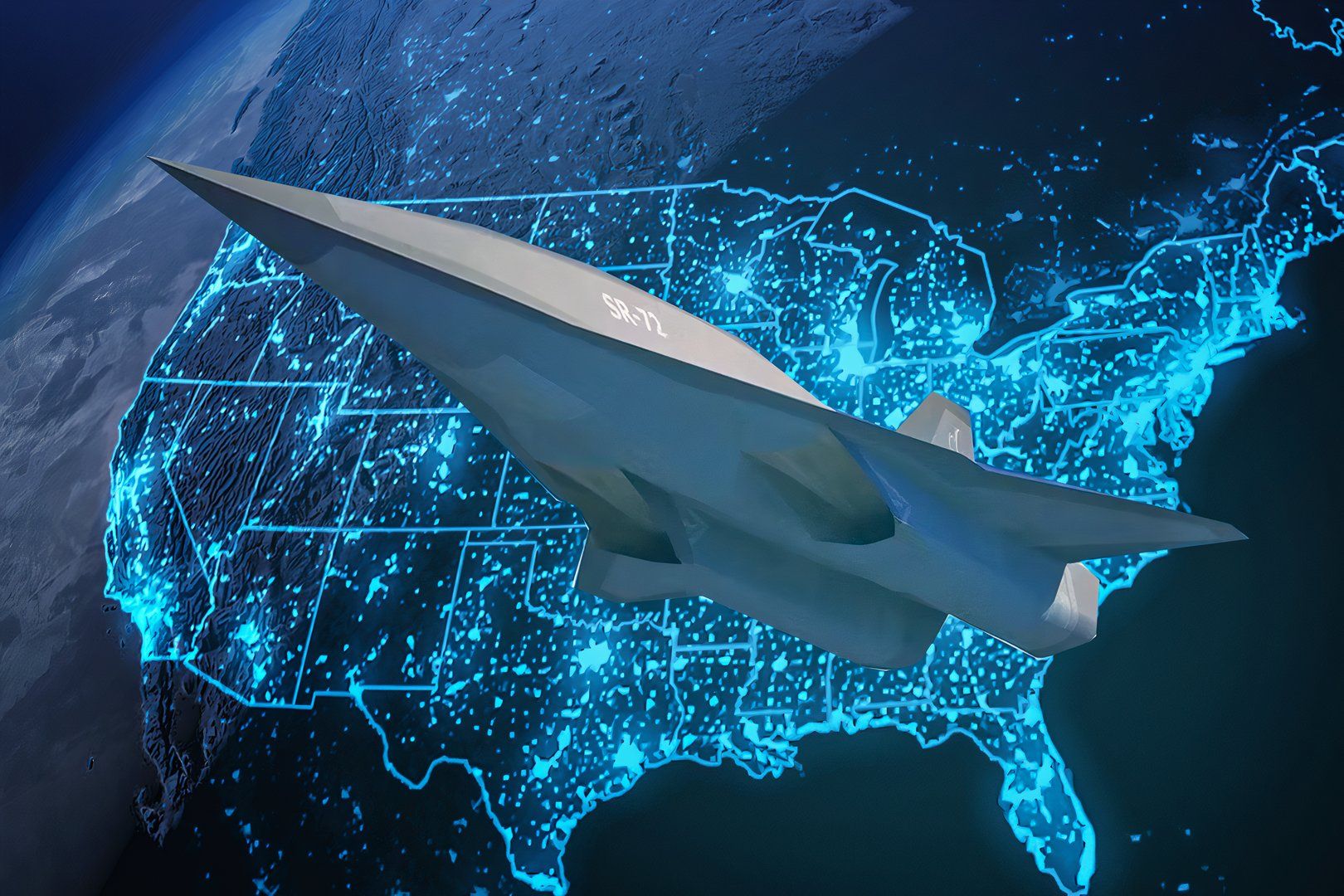
Related
What Impact Will The SR-72 Dark Star Have On Global Military Balance?
The hypersonic UAV is under development.

